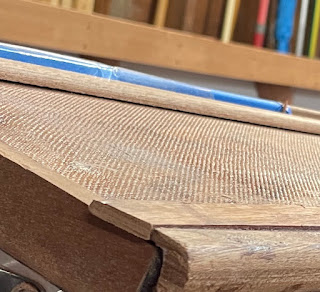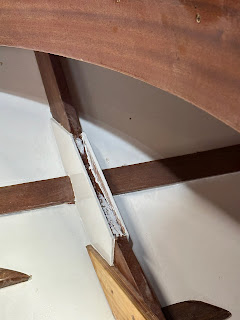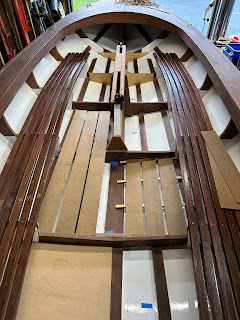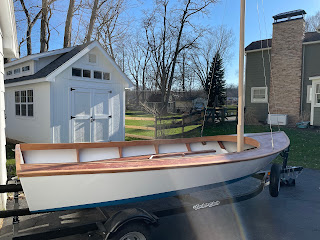First sail

The first “sail” wasn’t actually a sail. It was more of a launch and float test. I had never trailered anything before, let alone launched a boat, so it was pretty nerve wracking but it went smoothly. With a little help from my friends, I launched off the trailer and motored around for a bit with my trolling motor (55 lb thrust minnkota electric transom mounted trolling motor with a 20AH LiFePo battery. The first sail was a couple of weeks later when most of the family could be there. My good friend Matt, who is a lifelong sailor and licensed captain, went with me on the maiden sail. It went very well and we both got a turn at the helm and were happy with the way she sailed. After the initial shakedown sail, I took the my wife and two of my three daughters out. I am a novice sailer at best, but it went as smooth as I could have hoped for a first sail. I haven’t been great about updating my blog (something that was annoyingly common in other blogs so ...




